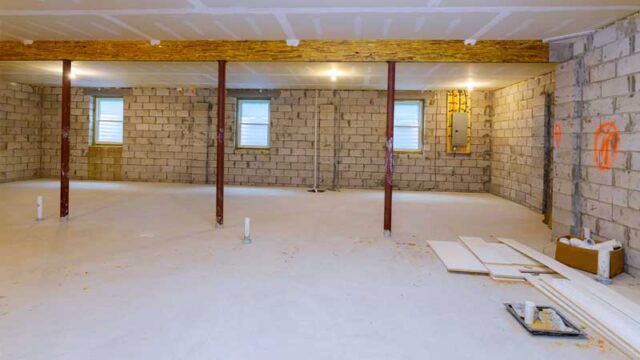
Many people who are considering basement underpinning end up with questions that they don’t know the answers to. Basement underpinning cost is one of the most important questions people have when thinking about getting it done.
Figuring out what’s involved in basement underpinning costs can give you a better idea if you have the budget to carry out the job from start to finish.
The Different Types Of Basement Underpinning
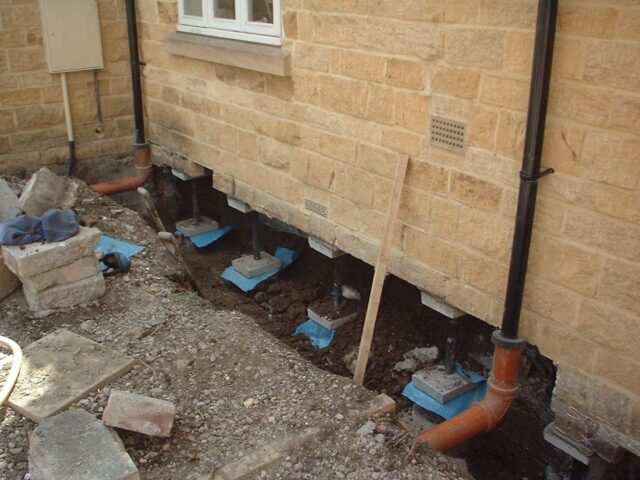
Basement underpinning is a structural solution that acts as a foundation to help stabilize your home and make it safer. There are many different types of basement underpinning, such as:
- Steel beams and slabs
- Timber piles or piers
- Helical piles
You can also choose how you want to install the underpinning system: by digging into the soil or resting on top of existing footings. The cost for installation will depend on which type you choose and how much work needs to be done.
To estimate what your total cost might be, contact a professional for more information about these options and their costs. Some pros charge an hourly rate while others charge per square meter, so get an accurate quote before making any decisions.
Steel beams and slabs are prefabricated and require no excavation for installation. Timber piles or piers are also installed using a crane, but you will need to dig holes for them to rest in. Helical piles can be installed from outside your house by drilling into bedrock or soil, making them convenient for anyone with restricted mobility.
When you’re deciding on basement underpinning, speak to a reputable contractor for more advice on what type of approach you require.
Why You Should Consider Basement Underpinning
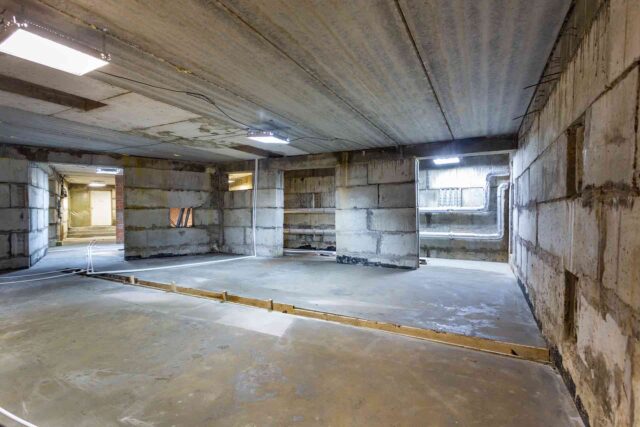
The most common cause of a cracked foundation is heaving. This is when the soil settles or moves, causing the foundation to crack. This happens when the water works its way into the ground around your foundation and causes erosion over time.
Your foundation may also sink if there are cracks in its walls or floor, which allow more water into your basement. The added weight of soil around your foundation can also cause it to sink over time if not properly maintained.
If you have a cracked foundation, there are several options you can consider. One option is to do nothing and live with it. However, this is not recommended because your foundation will continue to deteriorate further.
Another option is to have an engineer from WillFix come in and assess your home. They can determine if your house needs underpinning or not. If so, they can suggest different ways that it can be done.
As mentioned, underpinning is a process that involves digging out some of the dirt under your home and replacing it with concrete piers or columns. This helps stabilize your foundation so that it won’t continue to crack any further down the line.
When a home is built on a slope, it can be difficult to find a level spot for the foundation. In some cases, the ground may not be completely level and the foundation will not be solid. This can lead to structural problems with your basement and other areas of your home.
If you have a basement that has been affected by flooding, you might need to have it underpinned. Underpinning is the process of strengthening an existing foundation so that it is more stable. This process can save time and money in the long run because it prevents your home from needing extensive repairs down the road due to foundation issues.
The Benefits Of Basement Underpinning
The main benefit of basement underpinning is that it’s less invasive than other methods of repairing your foundation. Since underpinning doesn’t require digging into the ground outside your home, there won’t be any yard damage caused by construction equipment and heavy machinery.
In addition, basement underpinning can:
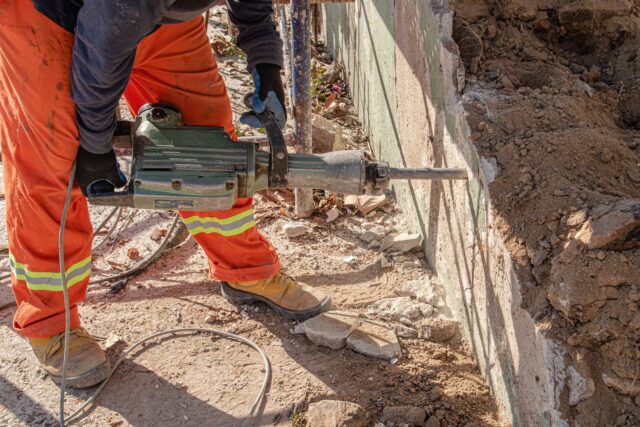
Boost the value of your home: Because basement underpinning can increase the height of your basement and make it safer and sturdier, its value will be increased.
Prevent future foundation problems from happening: If your foundation is starting to crack, heave or sink, it’s likely that it’s not going to last very long before needing serious repairs or even replacement.
If you’re living in an older home with a wooden frame and conventional block foundation walls (or even if you’re just worried about potential problems), it might be worth considering basement underpinning as a preventative measure.
Prevents moisture build-up: It stops moisture from seeping into your house – One of the biggest reasons for having underpinning done is because it will stop moisture from seeping into your house and causing damage. If moisture gets into your basement, it can cause mold growth and structural issues. You may need professional help if you want to keep this from happening.
Increase the safety of your home: Repairing your home’s foundation can be expensive — especially if large sections need replacing — so doing everything possible to prevent further damage will save money in the long run. Basement underpinning provides extra strength for your home’s foundation while also helping protect against future problems like cracking walls.
It increases structural integrity: This means that it will make your home stronger so that it doesn’t collapse due to erosion or other types of damage caused by weather conditions like flooding or earthquakes.
The additional support provided by underpinning makes sure there is no movement in the foundation which helps prevent cracks from forming in the walls and ceiling of your home as well as staircases leading down into the basement area itself.
The Average Cost Of Basement Underpinning
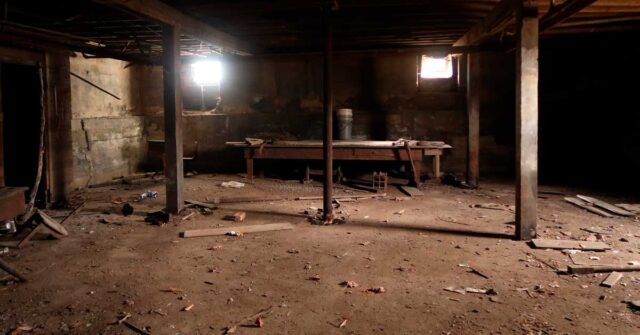
The average cost for a basement underpinning project is around $80 per square foot.
The cost of basement underpinning depends on the size of your home, the condition of its foundation, and the extent of repairs needed.
In general, bigger homes tend to be more expensive to underpin than smaller ones. The price varies based on whether you’re preparing to sell your house or if you’re doing it as an investment.
The cost also depends on what’s wrong with your foundation — if you have cracks in your basement walls or floor, then that’s one thing. If you have a sagging floor or walls, then that’s something else entirely.
There are different types of underpinning materials that can be used depending on the specific problem with your foundation. However, the most common type is steel-reinforced concrete (RCC). This material consists of cement reinforced with steel bars, which makes it stronger than normal concrete alone.
It’s important to hire an experienced contractor who can give you an accurate estimate of the cost of repairing your foundation problems before you begin any work.
It’s also important to hire a reputable contractor who can give you peace of mind throughout the whole process. If you decide that basement underpinning is right for your situation, talk with several contractors about their experience and references before making a decision about who will do the work for you.
Final Thoughts
Homeowners who have had their properties for many years should consider basement underpinning, especially if they begin to notice foundation issues.
At Willfix, we’ve been in business for over 20 years and have 1000 successful basement waterproofing projects under our belt. With such a large caseload of experience, you can be sure that your basement will be in great shape after we’re done with it.












